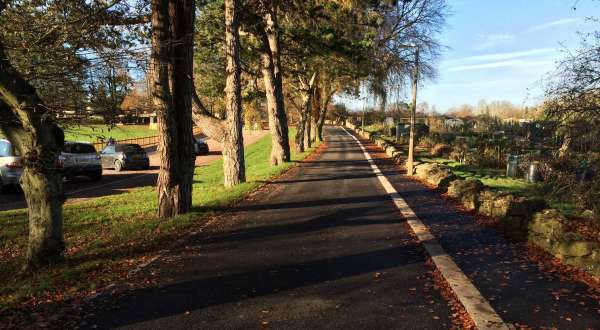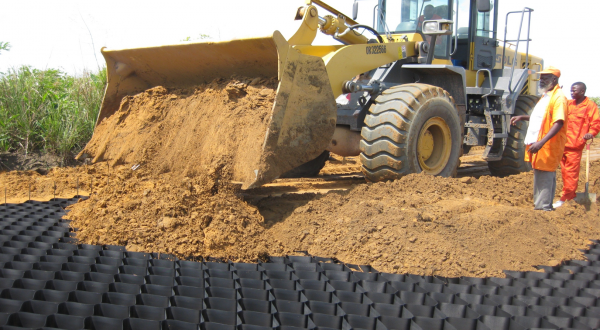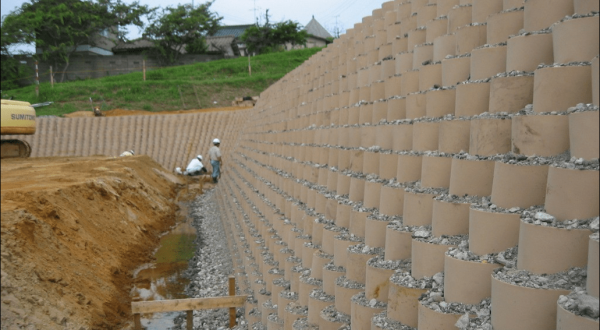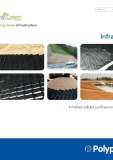Slope Protection
When external weight is required for slope stability, filled InfraWeb will provide it. For example, InfraWeb when applied to stream beds and road embankments will prevent deterioration by water erosion.
Channel & Stream Protection
InfraWeb can be used to prevent erosion of channels and stream beds. The units are laid on both embankments as well as the bottom of the channel/ stream. Infilling can be either with local material or concrete. This should be determined by the maximum flow rate of the water. Where strong currents are to be expected, concrete should be used to prevent erosion. The utilization of cellular confinement allows for reduced quantities of concrete, especially in the case of steep embankments, due to the fact that the concrete is contained in the cells and down pouring at the embankment will not occur.
Water Reservoirs
InfraWeb can be used as load supporter on the bottom and sides of water/ sewage reservoirs. In this manner savings in the construction can be achieved. Furthermore, contributing to even more savings without compromising the quality of the project.







